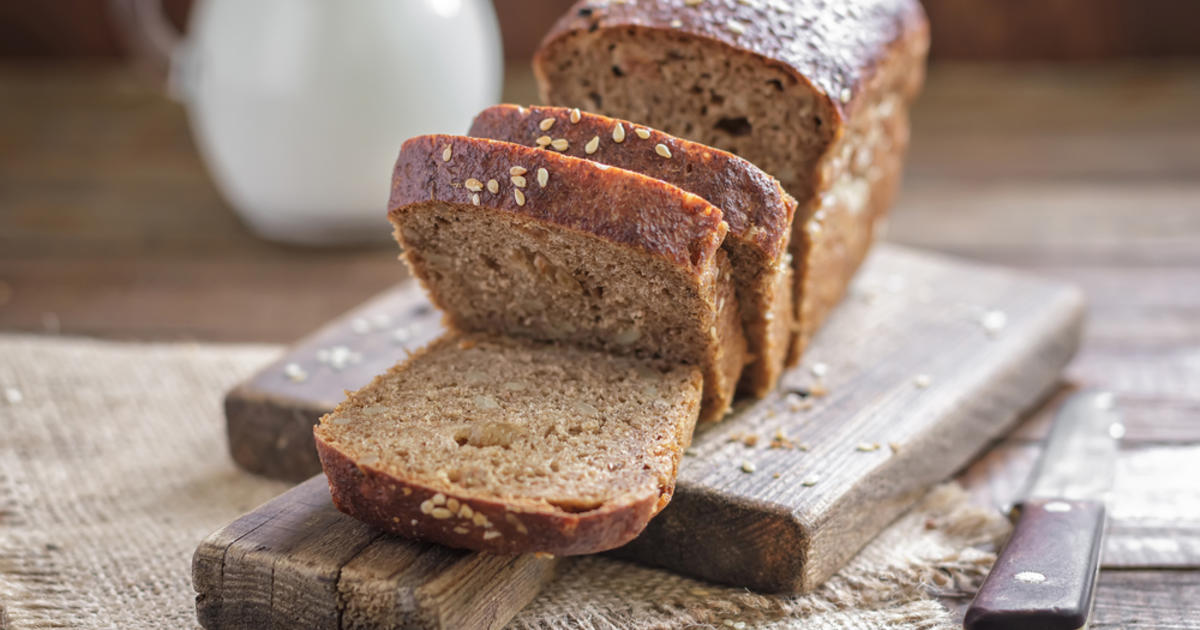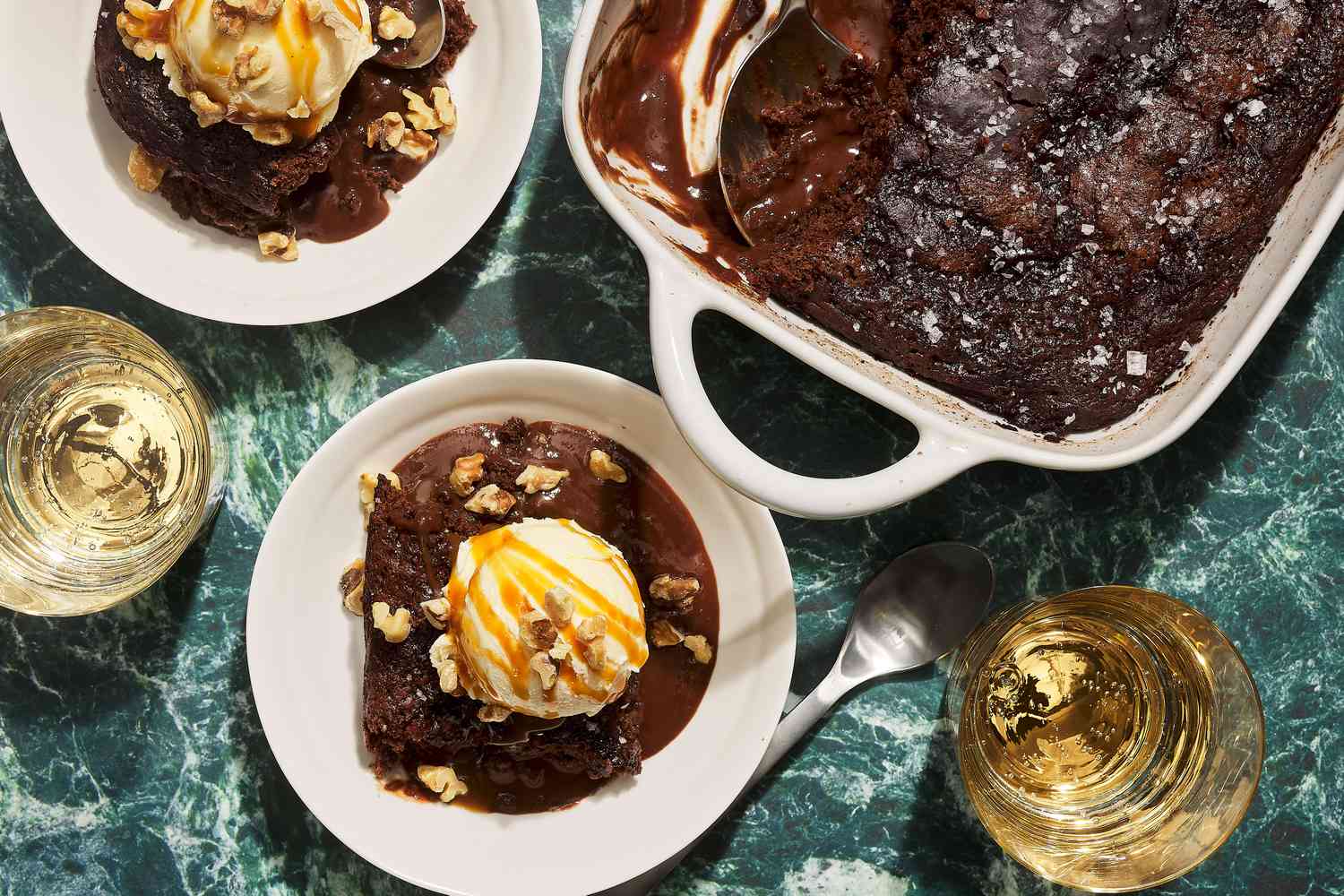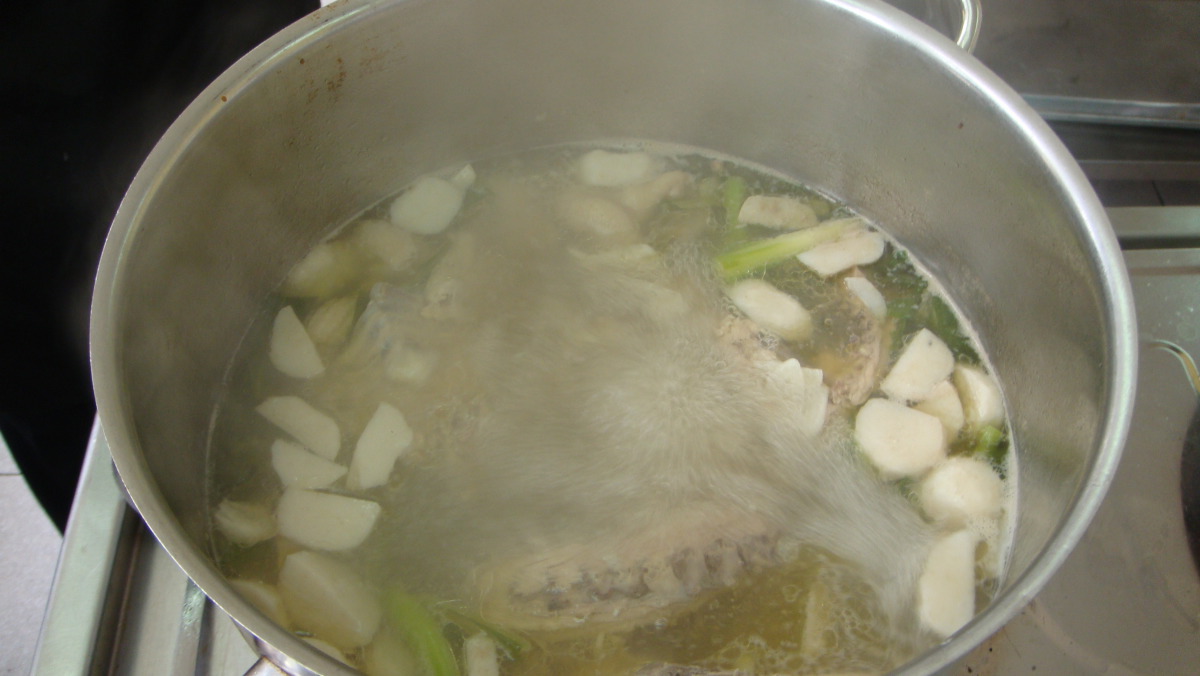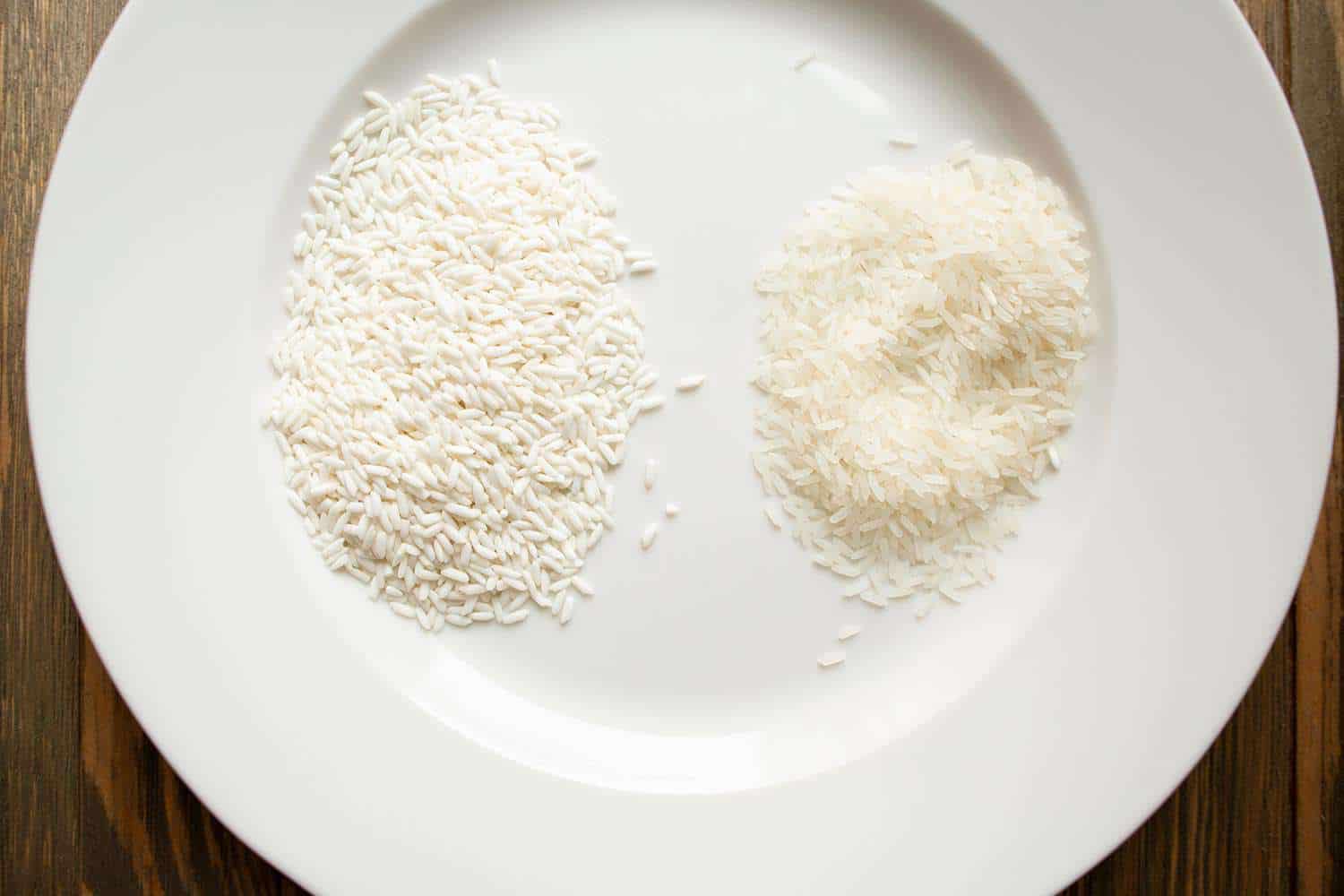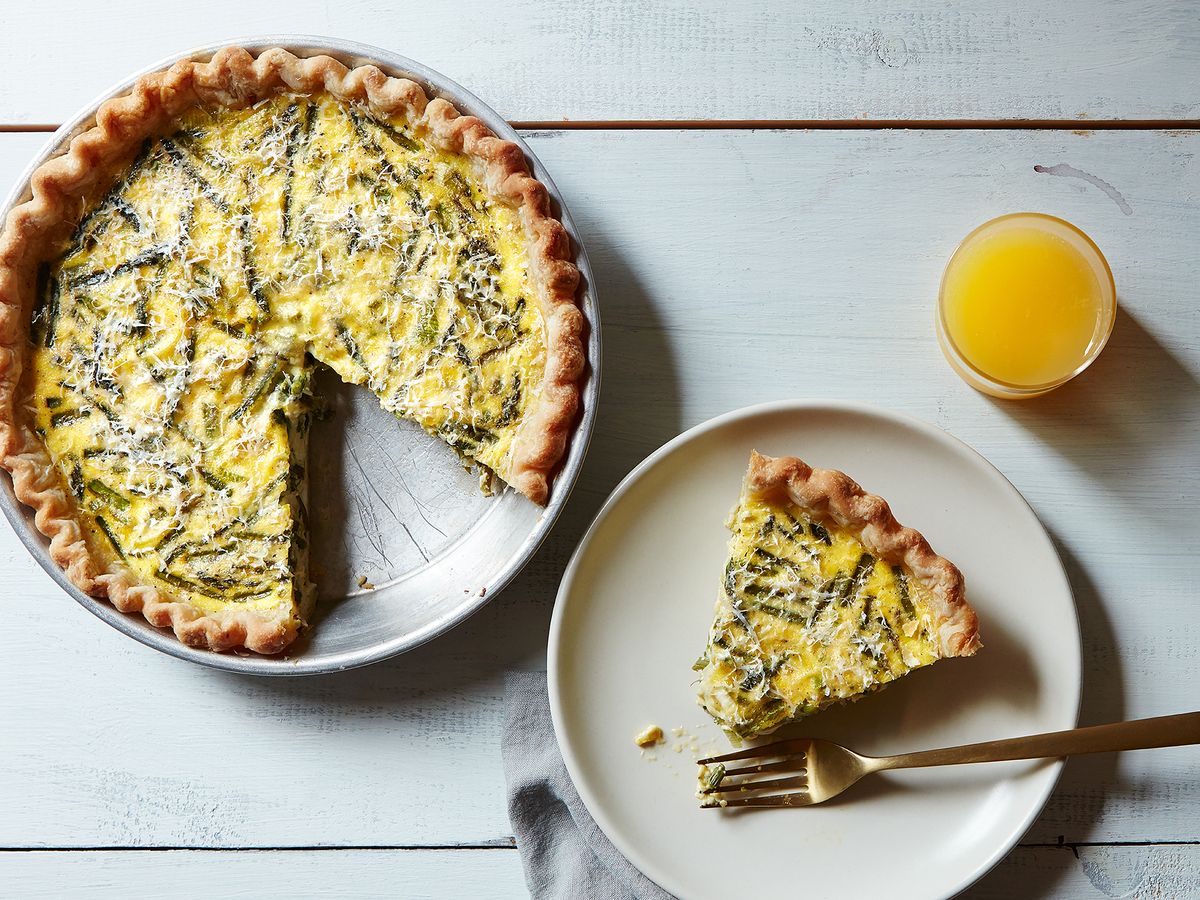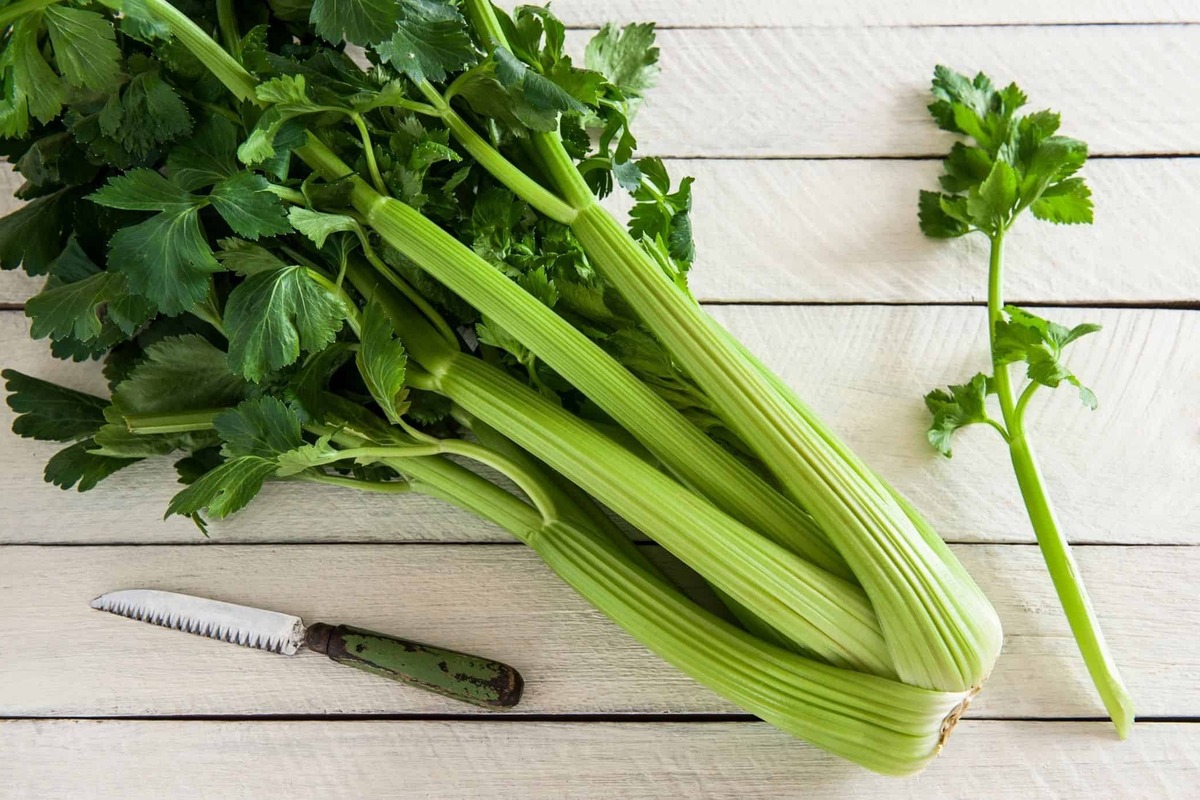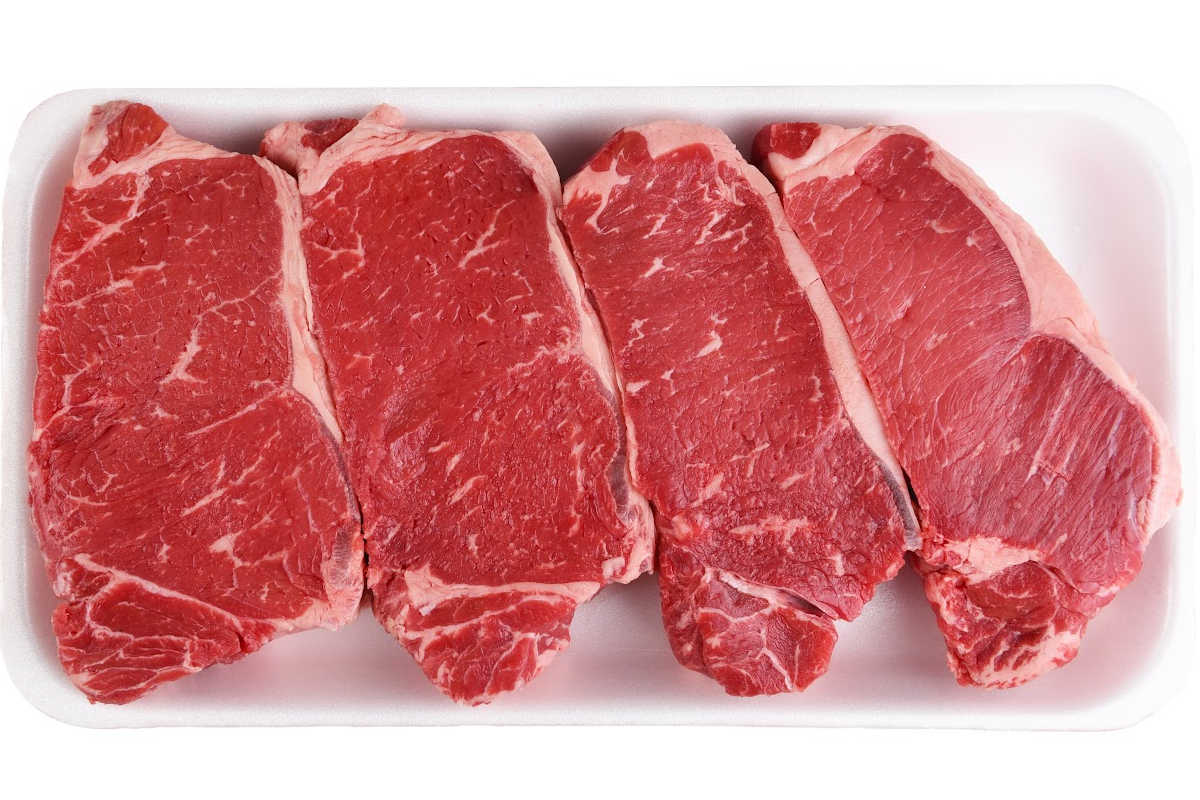What Is Potted Cream?
If you've ever indulged in a traditional English afternoon tea or savored a scone with jam and cream, you may have encountered the delightful addition of potted cream. But what exactly is potted cream, and why is it such a beloved accompaniment to various dishes? Let's delve into the world of potted cream to uncover its origins, characteristics, and how it's enjoyed.
Origins of Potted Cream
Potted cream, also known as clotted cream, hails from the southwestern region of England, particularly Devon and Cornwall. Its origins can be traced back to the 11th century, making it a time-honored delicacy with a rich history. Traditionally, potted cream was created by heating unpasteurized cow's milk and allowing it to cool slowly, leading to the formation of a thick, indulgent layer on the surface.
Characteristics of Potted Cream
Potted cream is renowned for its luxurious texture and rich, velvety flavor. It boasts a high fat content, typically around 55%, which contributes to its decadent consistency. When properly prepared, potted cream has a golden hue and a slightly crusty layer on top, giving way to a creamy, luscious interior. Its taste is subtly sweet with a hint of nuttiness, making it a versatile addition to both sweet and savory dishes.
How Potted Cream Is Enjoyed
Potted cream is a versatile condiment that enhances a wide array of culinary creations. Here are some popular ways to enjoy potted cream:
-
Traditional Afternoon Tea: Potted cream is a staple at traditional English afternoon teas, where it is spread generously on freshly baked scones and paired with fruity jams for a delightful treat.
-
Dessert Toppings: Its rich, creamy texture makes potted cream an ideal topping for desserts such as fruit tarts, pies, and puddings, adding a touch of indulgence to the final presentation.
-
Accompaniment to Berries: Pairing potted cream with fresh berries creates a simple yet elegant dessert that showcases the cream's luxurious texture and enhances the natural sweetness of the fruit.
-
Savory Dishes: In addition to sweet treats, potted cream can also be used to add a creamy richness to savory dishes, such as soups, sauces, and pasta.
Making Potted Cream at Home
While authentic potted cream is traditionally made using unpasteurized cow's milk and a slow heating process, it is possible to create a similar version at home using heavy cream and a bit of patience. By gently heating the cream and allowing it to cool and thicken, you can achieve a homemade potted cream that captures the essence of this beloved delicacy.
In conclusion, potted cream is a cherished component of English culinary traditions, prized for its sumptuous texture and versatile applications. Whether enjoyed with scones, desserts, or savory dishes, its rich flavor and creamy consistency add a touch of luxury to any meal. If you haven't experienced the delight of potted cream, consider incorporating it into your next culinary adventure for a truly indulgent treat.
Was this page helpful?
Read Next: What Is Sweet Soda?

